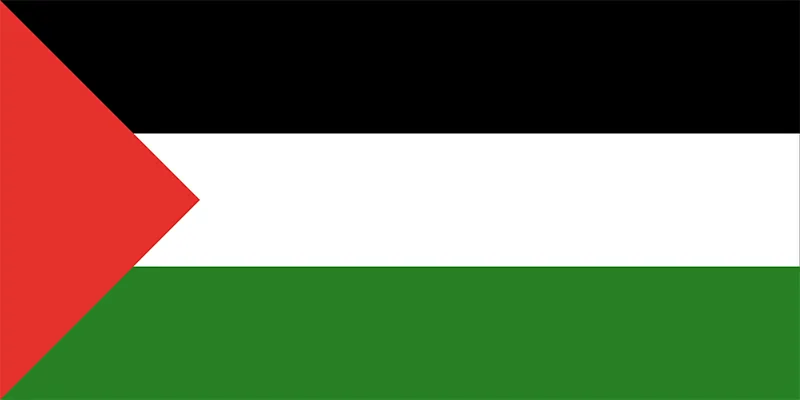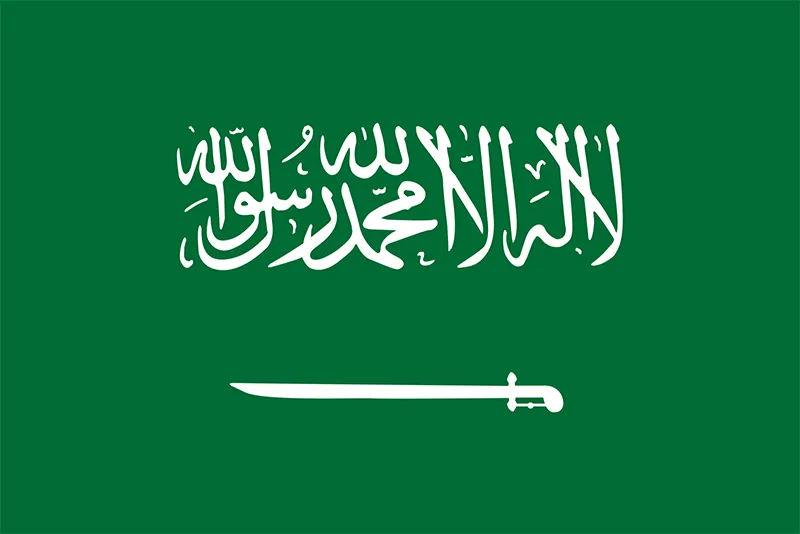Madinah’s history is closely tied to its water sources. In the arid Arabian Peninsula, water was a precious resource, and the presence of wells was essential for the prosperity and survival of any settlement.
In these trying times, Prophet Muhammad (SAW) helped his followers access clean and sweet water.
What is the Well of Arees?
Also known as Bir Al-Aris, Bir Al-Khatam, and Well of the Ring, Well of Arees was one of the wells that Prophet Muhammad (PBUH) loved visiting. It was named after the ring the Prophet (SAW) wore.
It is said that the Prophet (SAW) used to sit upon the Well’s brink with bare legs and talk about its significance with his companions.
He would describe the incredible scene of Paradise for Uthman, Umar, and Abu Bakar (RA).
Arees Well was discovered when construction was being done for Masjid Quba. People at the time were astonished at the depth of the Well and had no idea where the water was coming from and going.
Where is the Well of Arees Located?
Masjid Quba is located in Madinah, in the Arabian Peninsula. Its exact location is near a small garden inside the mosque’s fence.
When it comes to the Well of Arees, people often ask how to do Ziyarat in Madinah. Visits to the place Prophet Muhammad (SAW) frequented begin with doing Ghusl, wearing clean clothes, and praying in Masjid Nabawi.
There are quite a few historical sites to explore in Madina.


Here are some places to visit in Badr:
- Visit Masjid Al-Areesh
- Explore the Badr Battlefield Area
- Visit the Dar Al Madinah Museum
Another historical place to visit on Ziyarat is Masjid Musabbih. It is the Mosque where Prophet Muhammad (SAW) prayed Fajr when he visited Madinah for the first time.
Try the Khyber Fort and its nearby caves if you want something adventurous. They are one of the best places to visit in Khyber, Saudi Arabia.
Facts About the Well of Arees
Following are five facts about the Well of Arees, some of which are mentioned in hadiths:
Fact 1 – Well of Arees Was Discovered by Chance
The Well of Arees was discovered while the ground was being dug to build a foundation for Masjid Quba. It was named after a Jew and changed names multiple times based on the incidents that happened.
Fact 2 – Prophet Muhammad’s (SAW) Saliva Changed the Water’s Taste from Salty to Sweet
Well of Arees was once called Bi’ru Tufla because its water was salty. However, during one of his visits, Prophet Muhammad (SAW) spat into the Well, and its water became sweet and refreshing.
It is believed that the Prophet did this after his Ummah complained that they couldn’t use the well’s water for drinking.
Fact 3 – Abu Bakr (RA), Umar (RA) and Uthman (RA) wore the ring
According to a hadith, the Prophet (SAW) used to wear a silver ring, which he passed to Abu Bakr (RA), who then gave it to Umar (RA), and it finally landed in the hands of Uthman (RA).
Fact 4 – Water from the Well of Arees Was Used to Make Masjid Quba
The Well’s water was also used to make mud-brick structures for Masjid Quba.
Fact 5 – Prophet Muhammad (SAW) Was the First One to Perform Ghusl from the Well of Arees
Prophet Muhammad (SAW) journeyed from Mecca to Madina (Hijrah) in 622 CE. He and his followers performed Ghusl from the Well of Arees.
What Are the Famous Wells of Madina?
- Ethiq Well
According to another hadith, when Prophet Muhammad (SAW) migrated to Madinah after facing persecution in Makkah, the tribes of Khazraj and Al-Aws, along with others, welcomed him with open arms, singing, and celebrations.
He was resting in the Shade Garden, where the Ethiq Well with his companion Abu Bakr Al-Siddiq (RA) on a hot day. Upon seeing him, the people of Madinah were overjoyed and brought him water from the Well.
The Ethiq Well is located west of Mosque Quba in Al Usbah.
- Bir Al-Shifa
Bir Al-Shifa, also known as Beer-e-Shifa, was dug to help Muslim travelers going to Umrah remain hydrated on their journey. However, the well’s water was unhealthy and bitter.
Many pilgrims fell ill after drinking it. Upon hearing about the water’s condition, Prophet Muhammad (SAW) spat into the well, which changed its taste to sweet.
Bir Al-Shifa is located 97 km from Masjid Nabawi on the route of the Badr Battleground.
- Uthman Bin Affan Well
Uthman Bin Affan, also known as the Well of Rummat, was bought by Uthman Bin Affan (RA) 14,000 years ago from a Jew called Rummat Al-Giffari. The man would charge the people of Madina for water, which caused a huge inconvenience.
When Prophet Muhammad (SAW) heard about this, he announced that whoever would buy this Well and offer people water for free would receive a great reward.
When Uthman offered the Jew money to buy the well, he refused. Uthman approached the Jew again and said he would buy half the Well and use it on alternate days. That way, he can still sell water.
The Jew thought he had made a lucrative offer but realized his mistake when people only fetched water when it was Uthman’s turn to operate the Well. He then asked Uthman to purchase the rest of the Well from him.
The Well of Rummat is located 6 km from Masjid Nabawi.
- Al-Ghars Well
According to history, the Ghars Well was dug by the grandfather of Sa’ad bin Khaythamah bin al-Haris – Malik bin al-Nahhat. The latter owned the well and welcomed the Prophet Mohammad (SAW) when he migrated from Mecca to Madinah.
The Prophet drank from this Well once and requested that he be washed with its water after he passed away.
Al-Ghars Well is located in the al-Awali district, 4 km from Masjid Nabawi.




Summary – Well of Arees
When Masjid Quba was being expanded, Bir Arees was demolished. In its place, the Mosque’s courtyard was built.
To this day, Prophet Muhammad’s (SAW) ring was never retrieved.
Today, the Well can no longer be accessed. However, plenty of other wells are still open to the public.
People can drink water at some sites, while other landmarks are for show and tell.


















